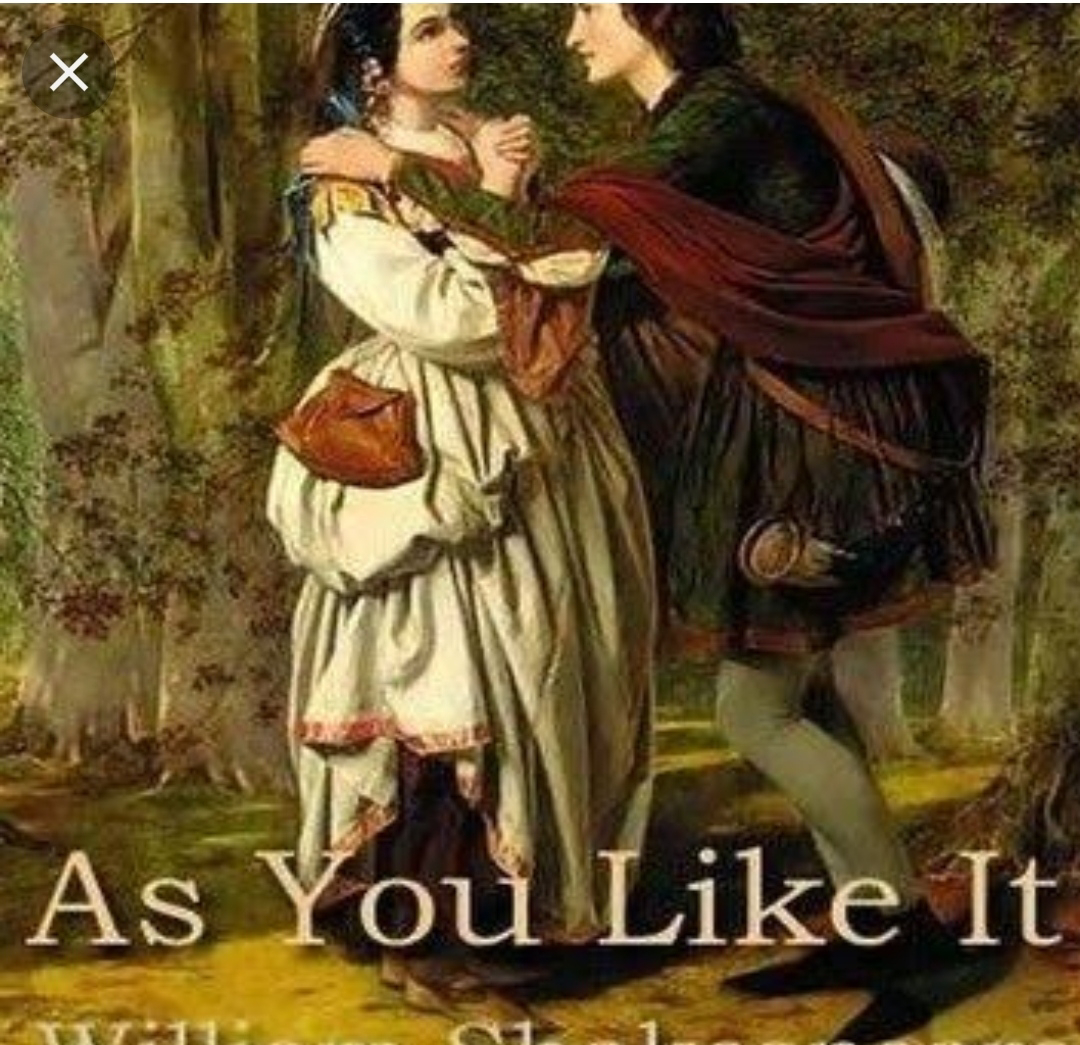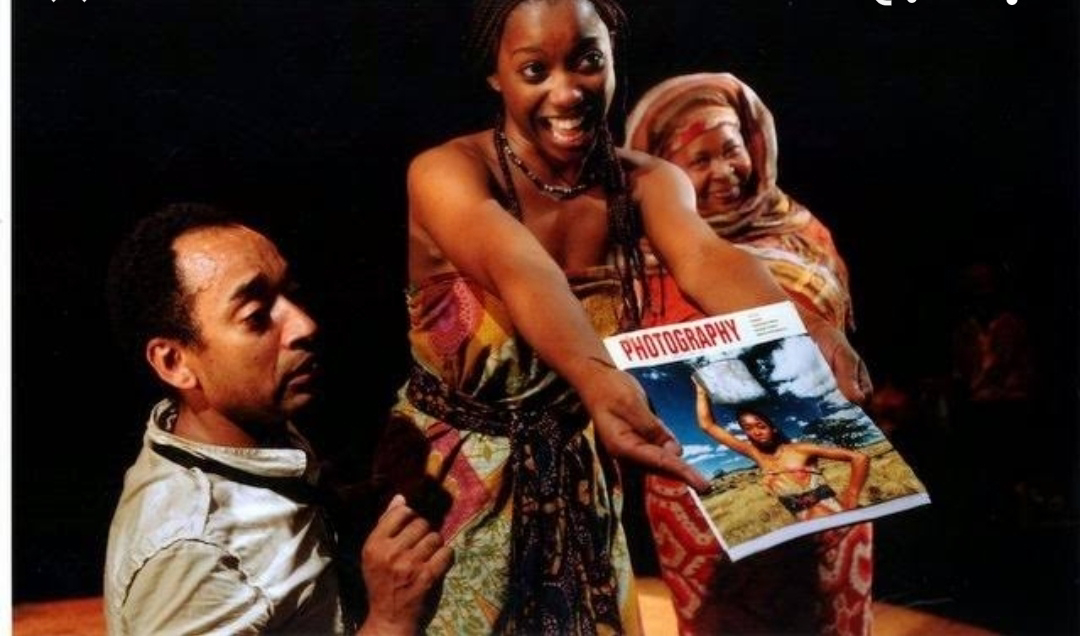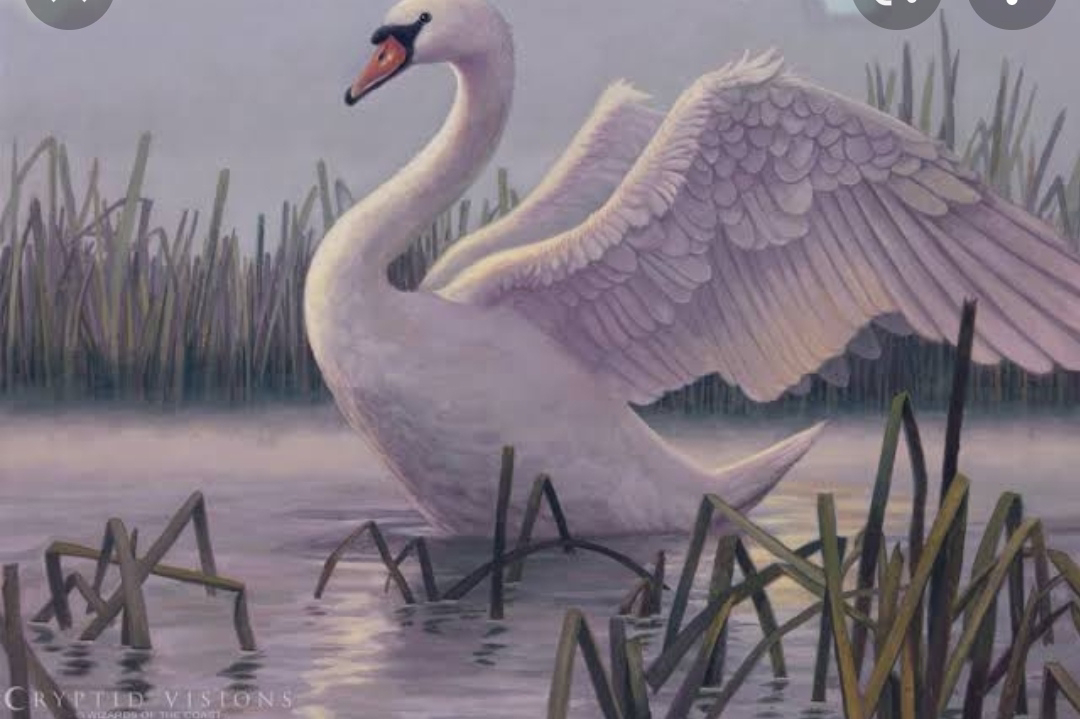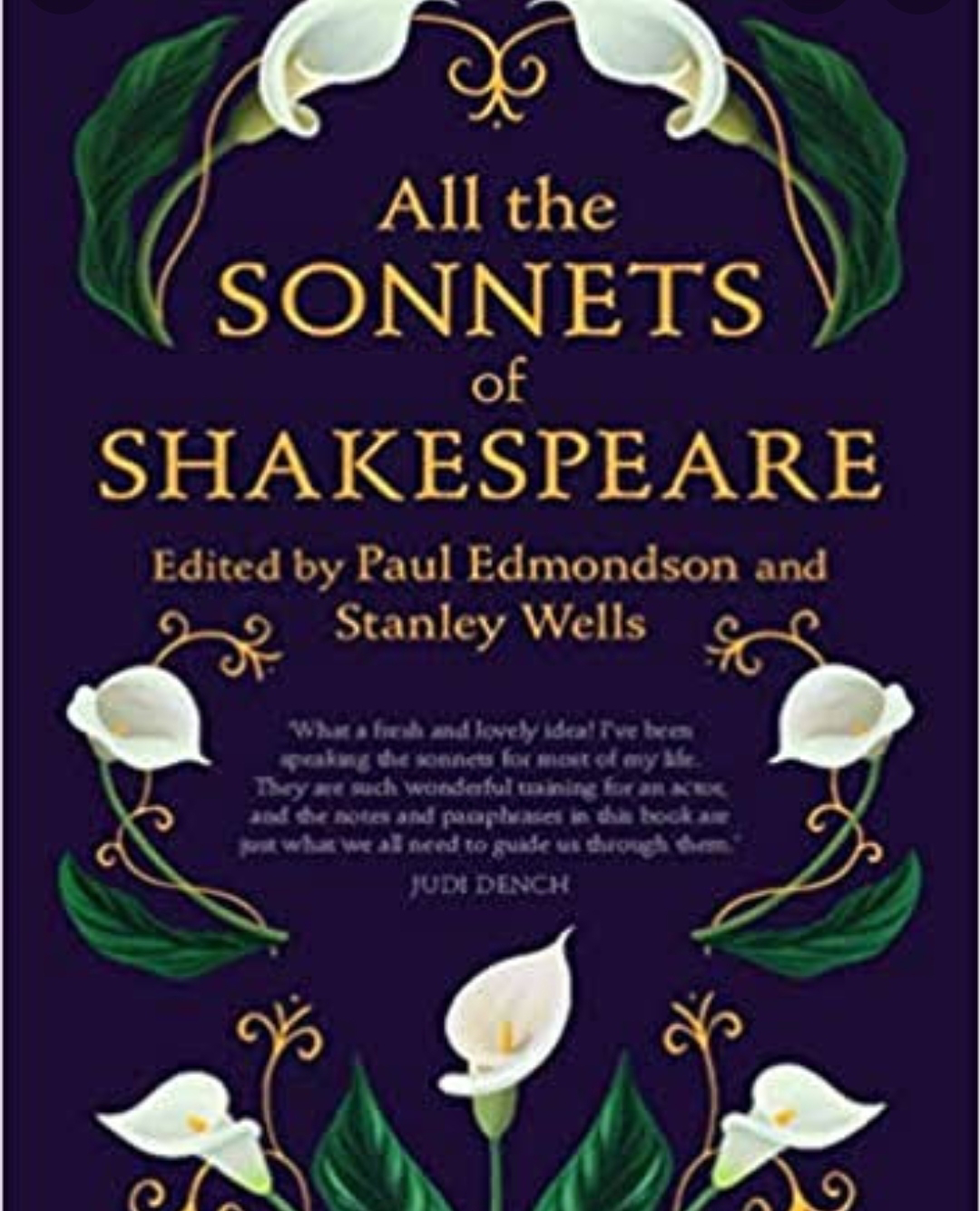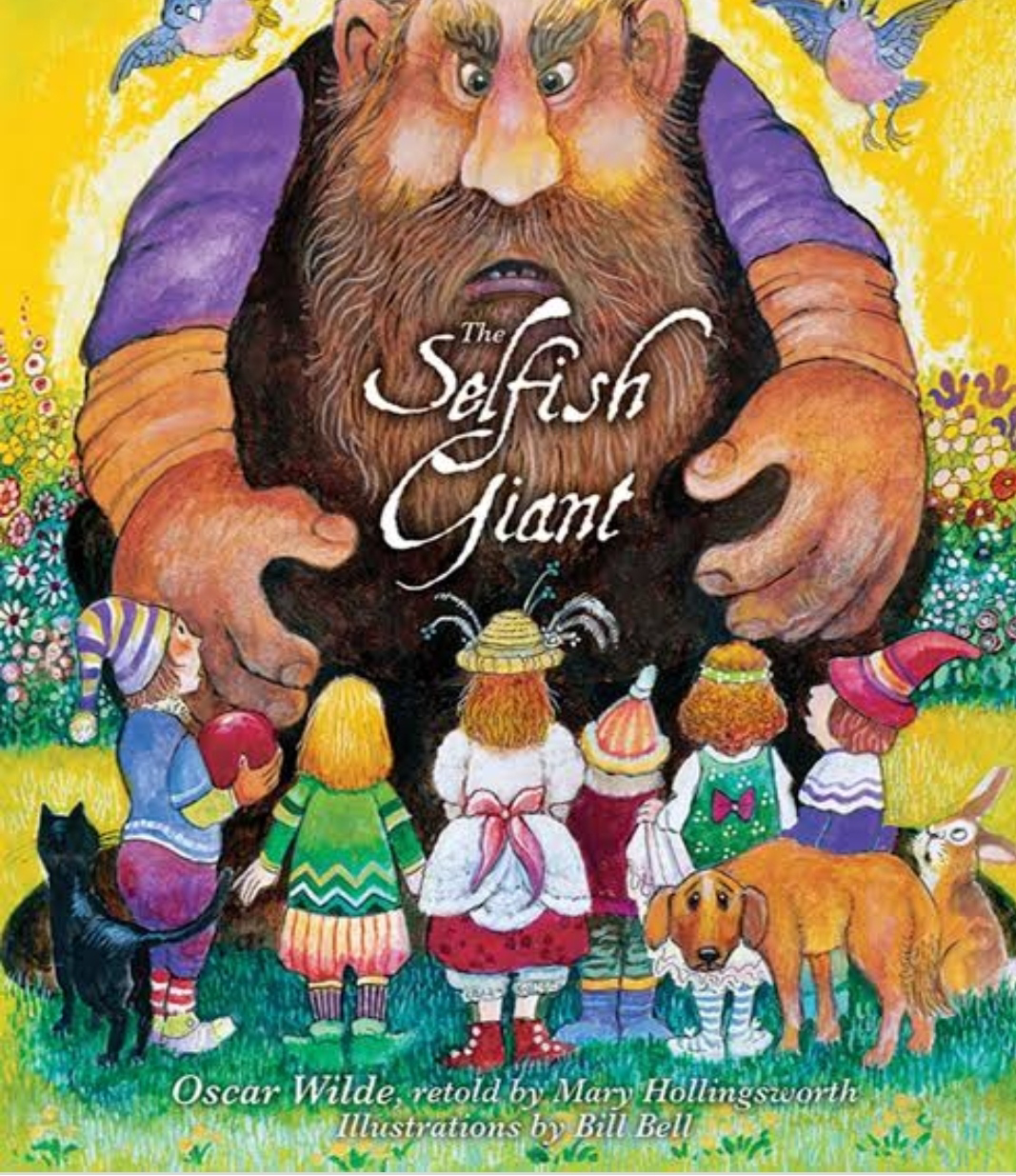Nature as a Monster by Margaret Atwood Canadian literature for BA students

Nature as Monster -Margaret Atwood Margaret Atwood is a Canadian writer. She is famous for her work The Survival . In Survival, Atwood has written a chapter named 'Nature as a Monster'. In this chapter she depicts the hostility of Nature towards mankind. Atwood decries nature to be deadly and alive. In Canada the most dominating season is Winter. During this season the landscape is veiled with Snow and Ice. William Wilfred Campbell in his poem Winter's Lake describes Canada as a land of death "Out in a world of death for the Northward lying". In this chapter Atwood talks about the pre-conceived notion of the migrants. The double-minded notion is Canada is a land of vastness, richness, fertility, plentiness and filled with scenic...
